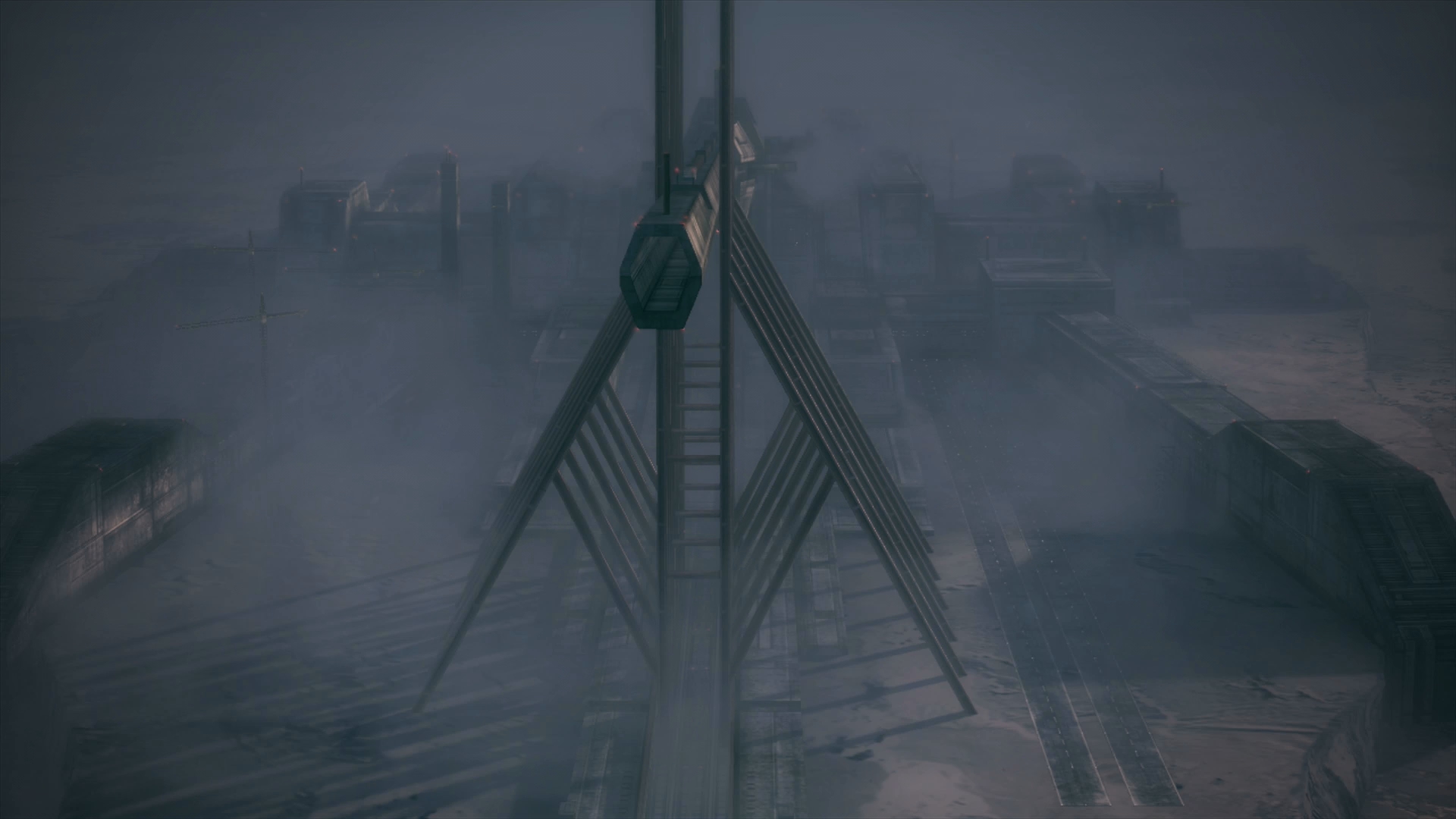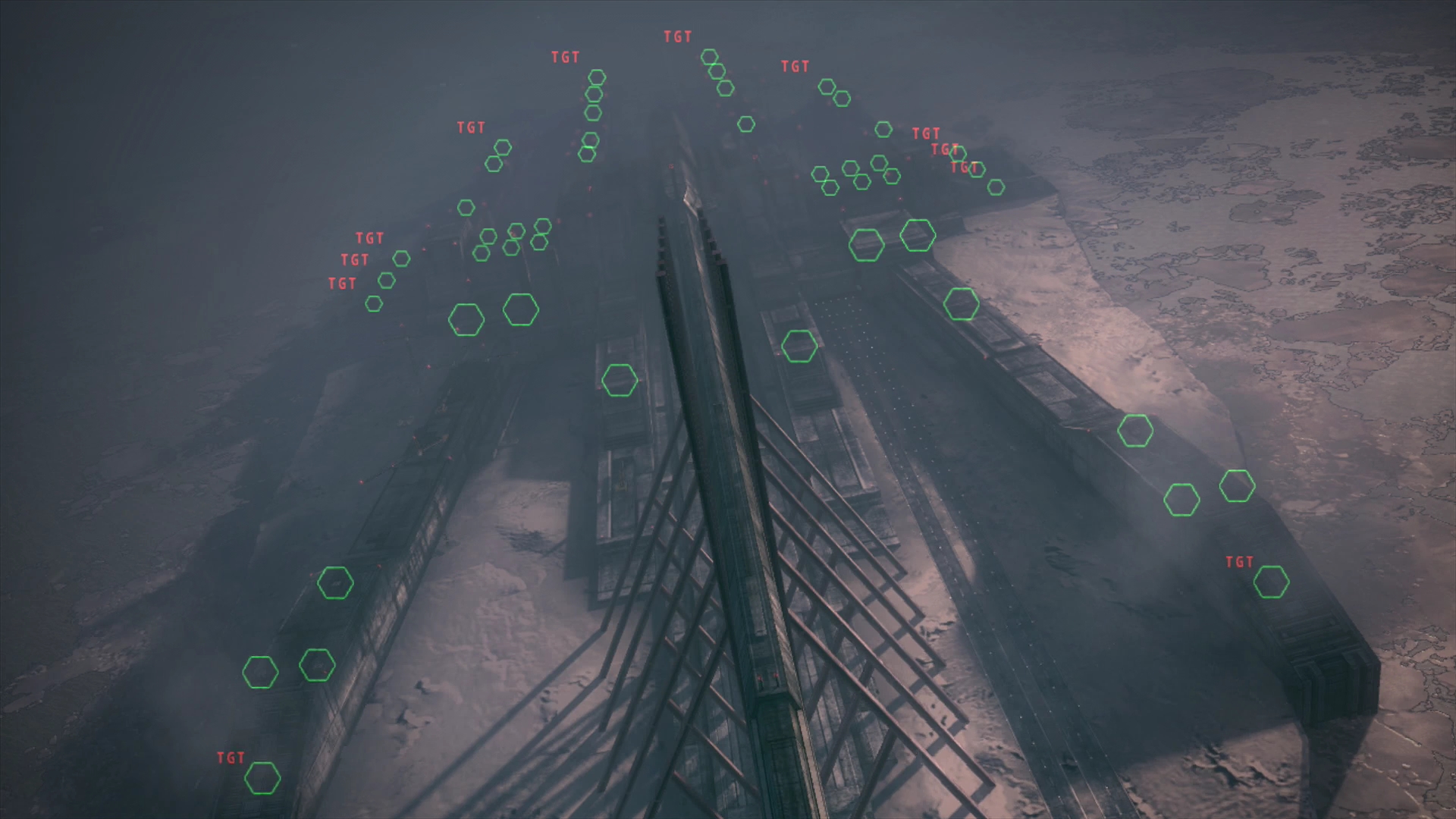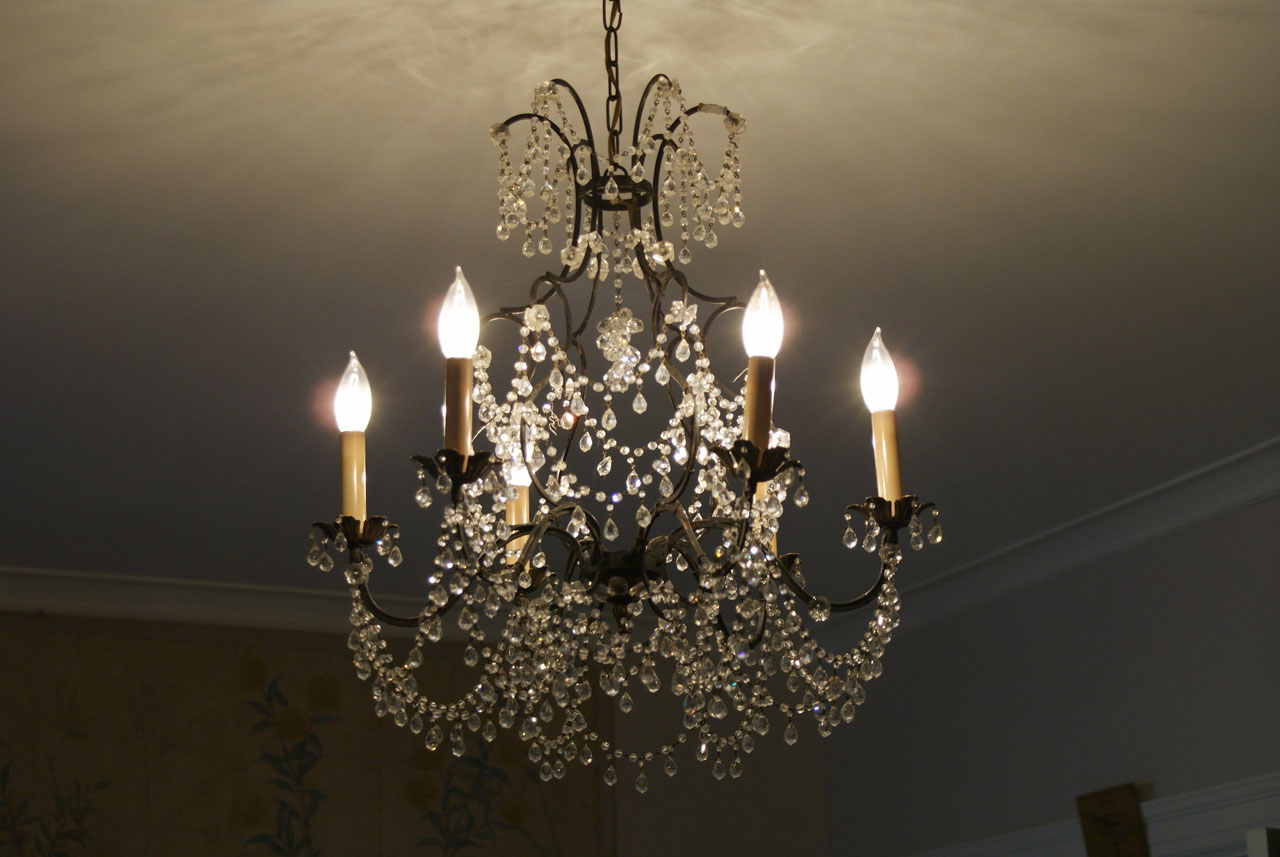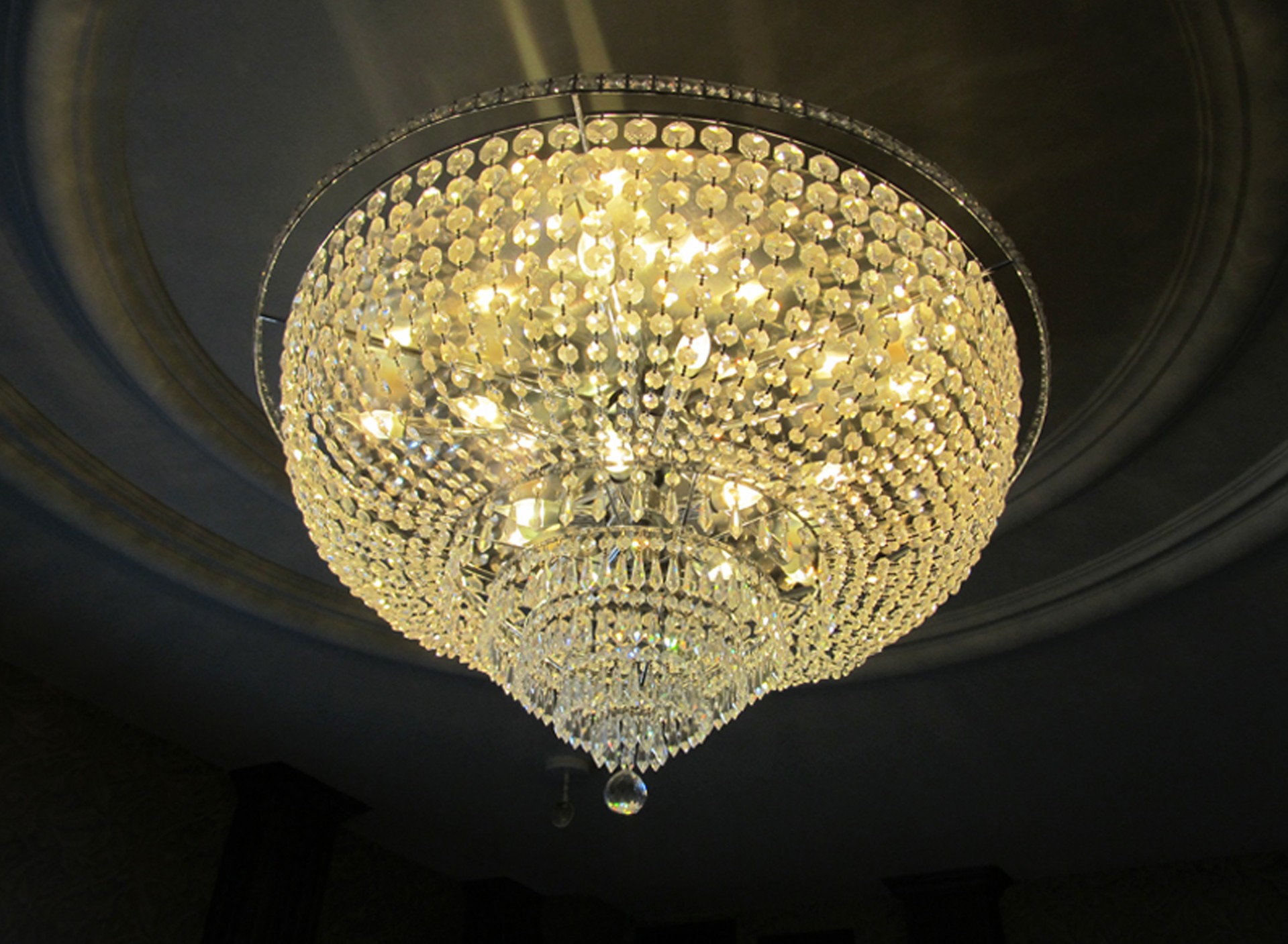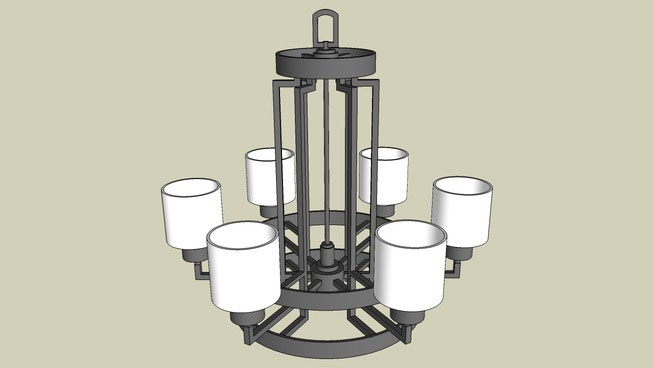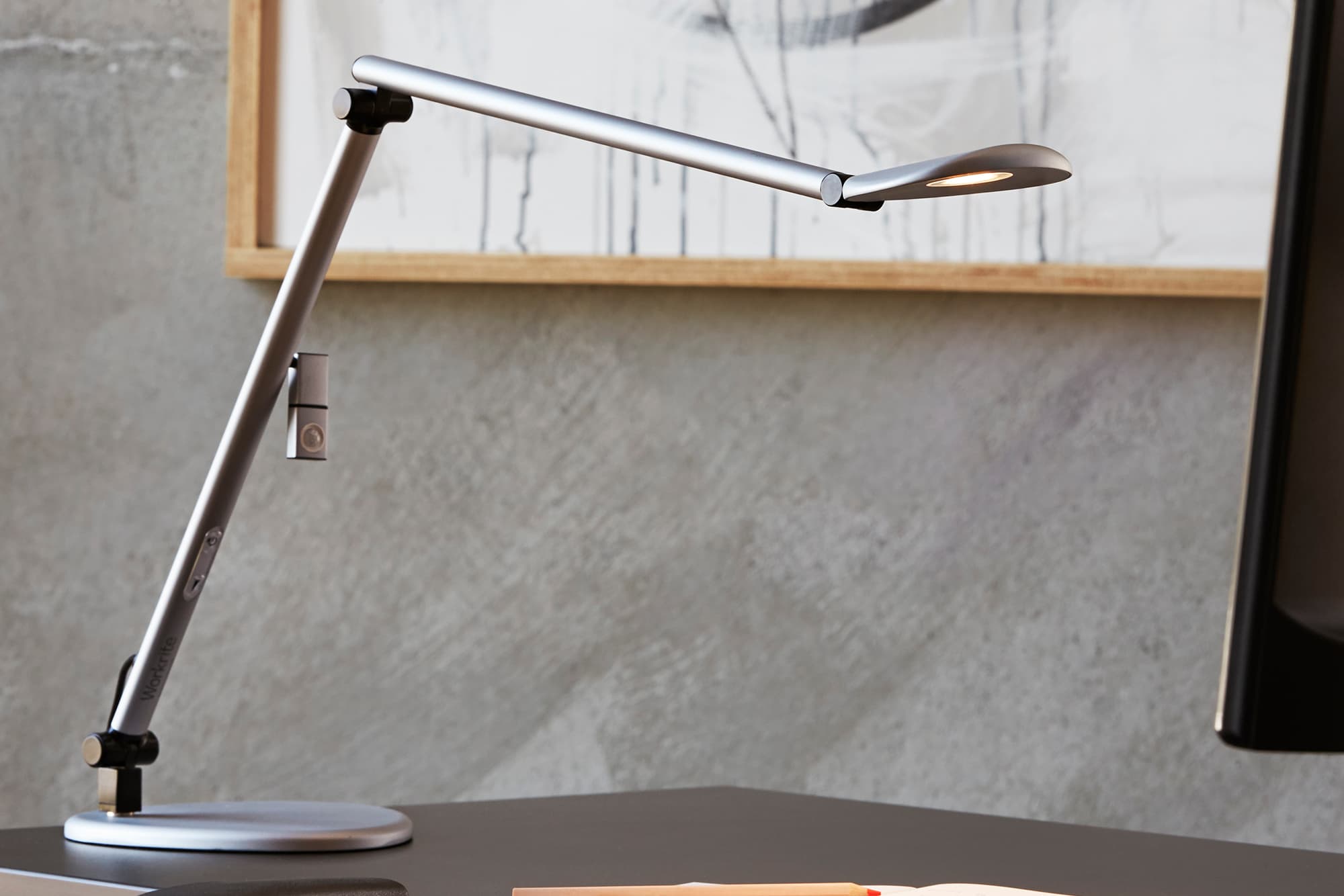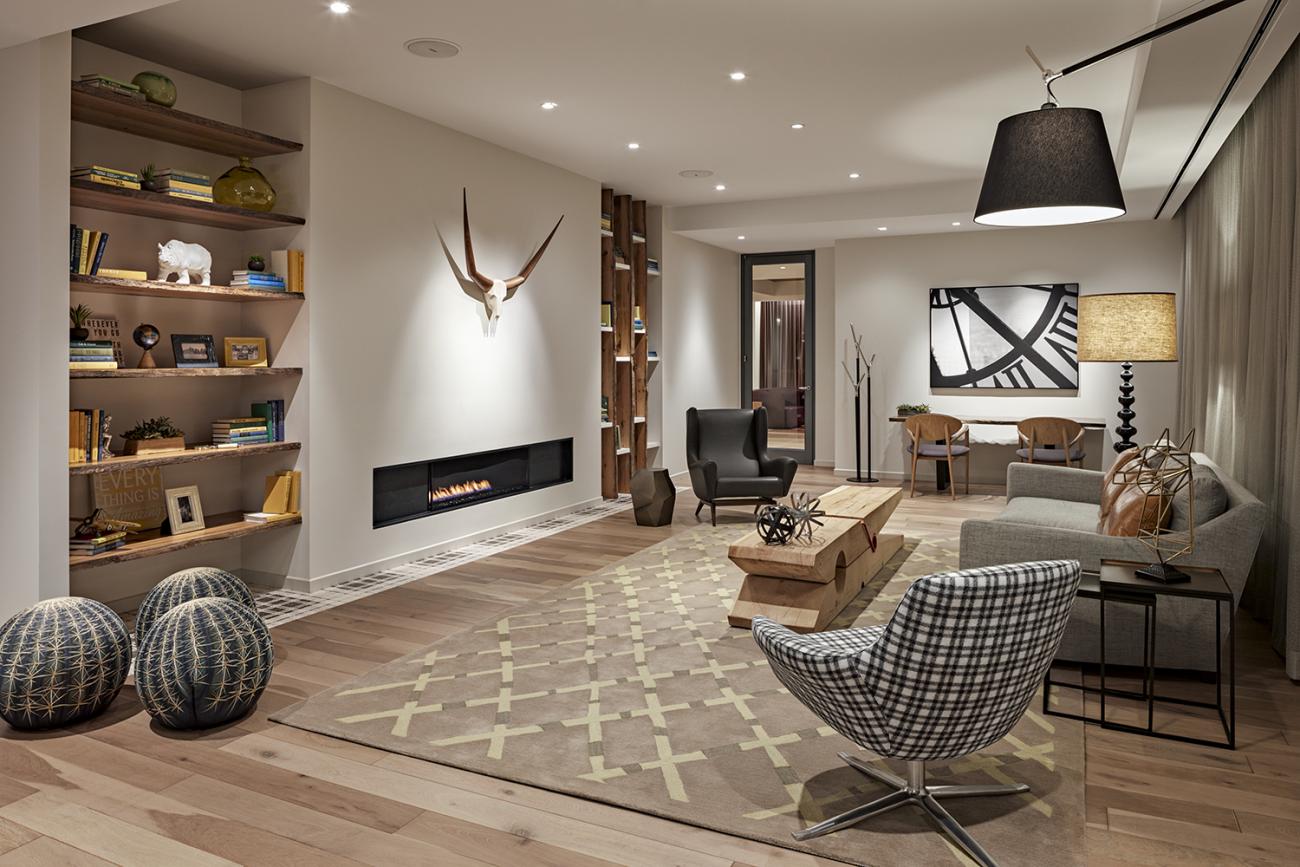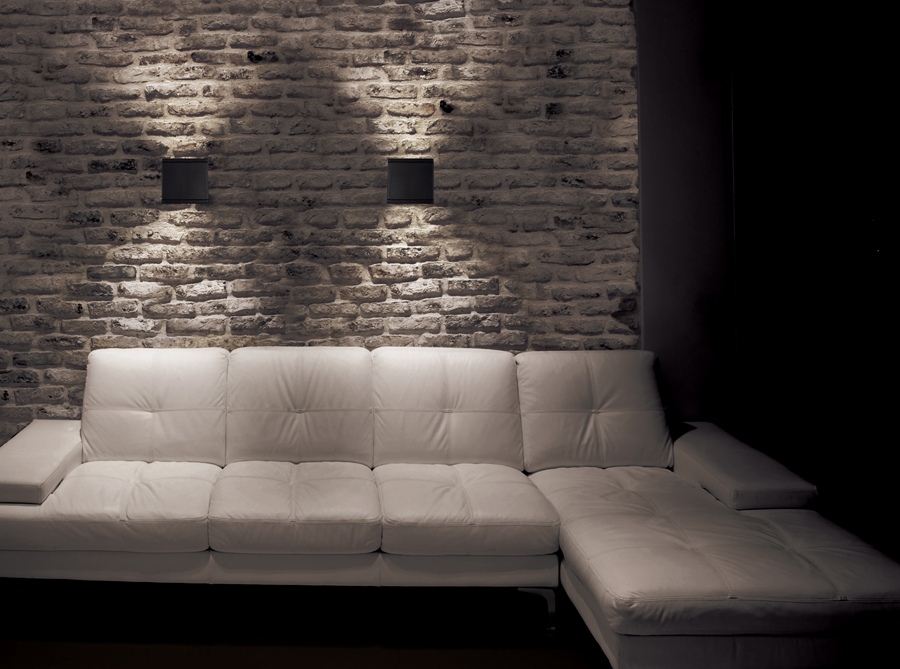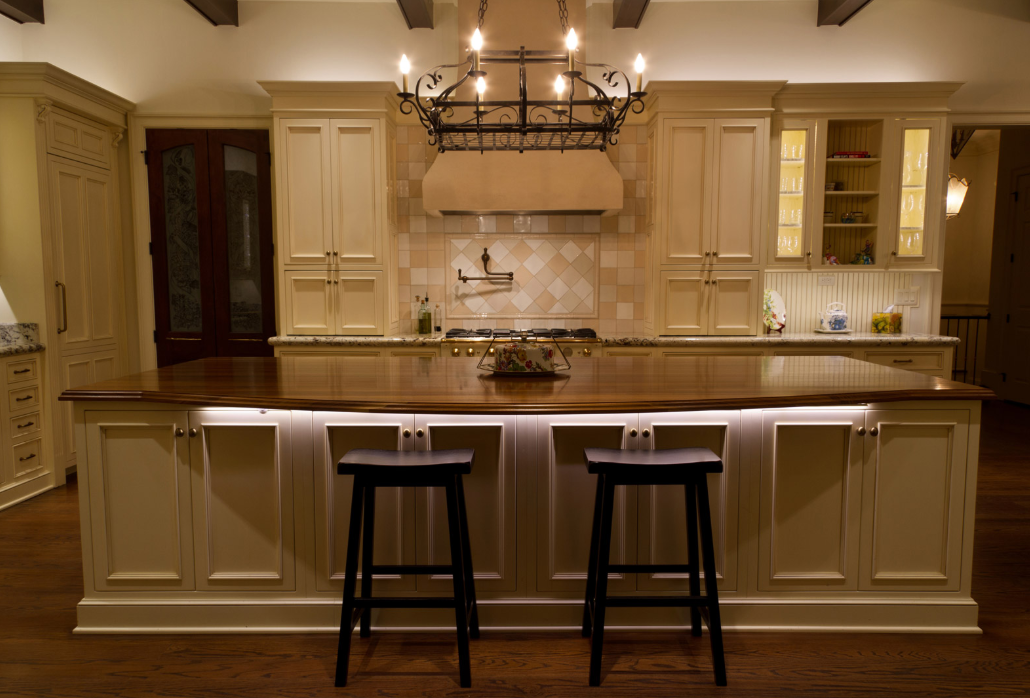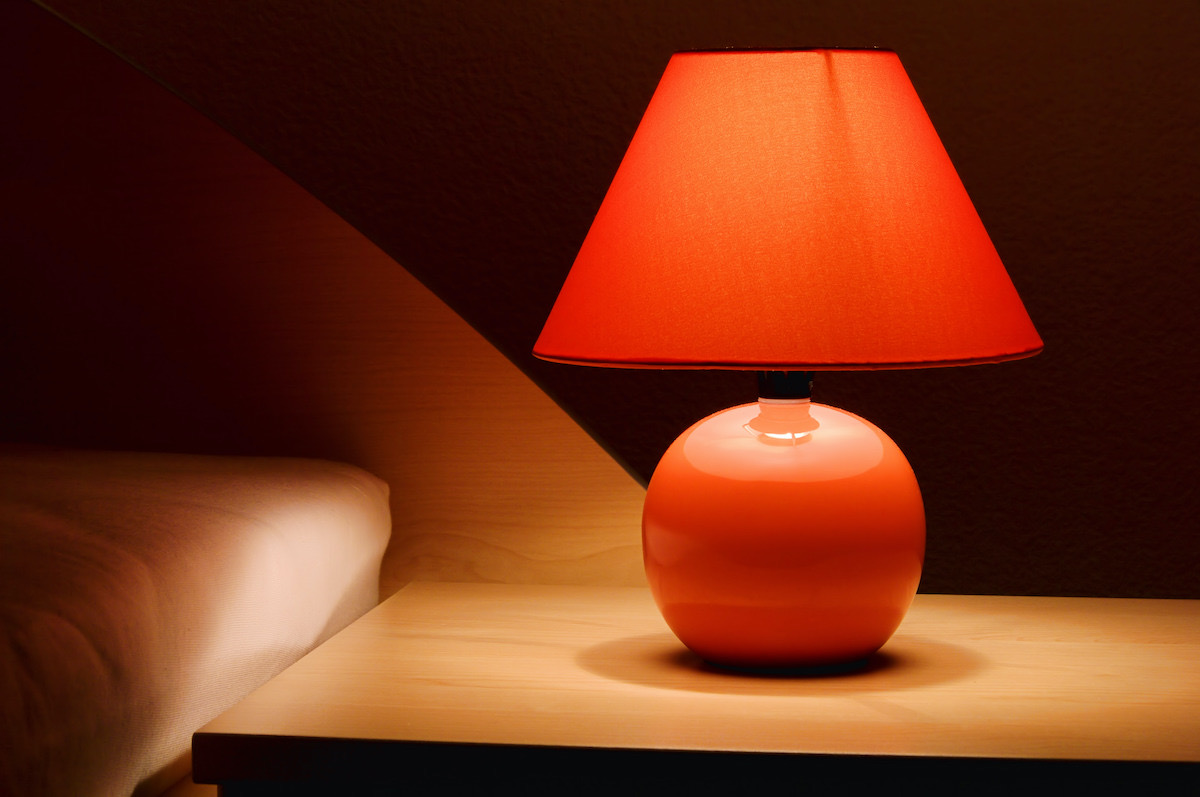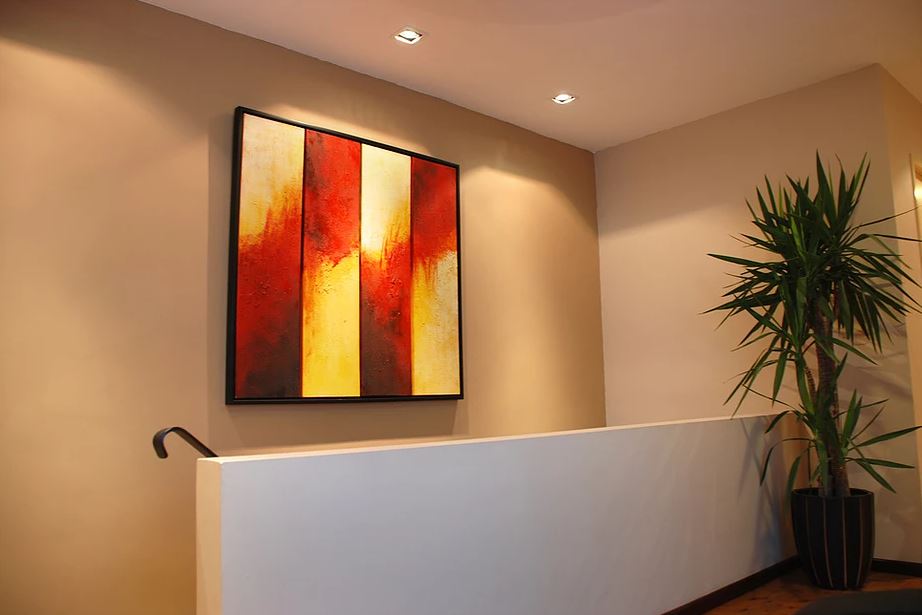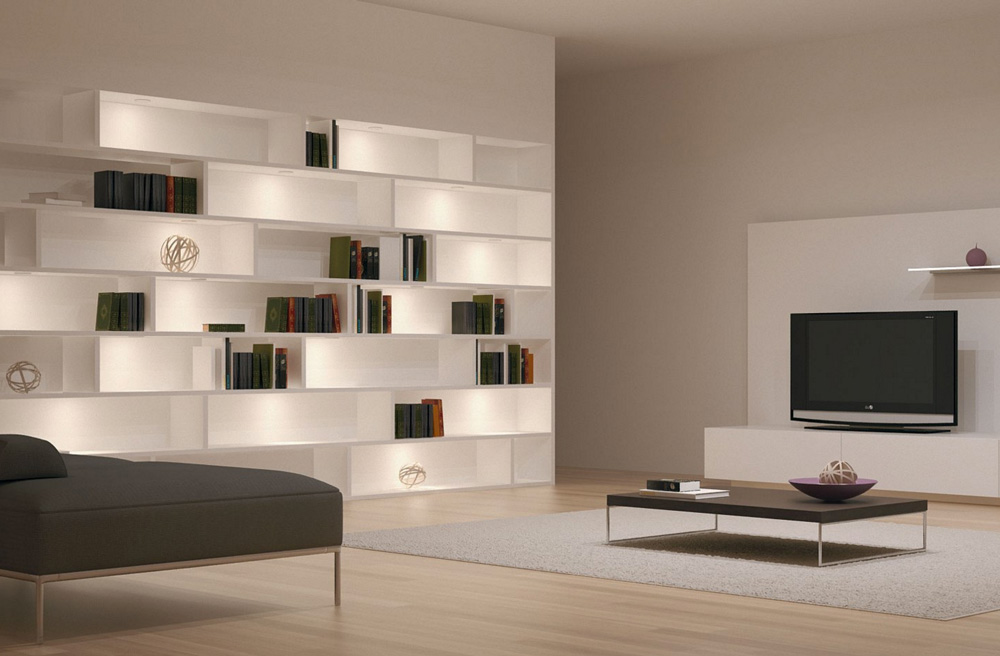The kitchen island is often the focal point of the room, making it the perfect place to showcase your lighting. When it comes to tying your kitchen lighting together, it's important to consider the style and function of your island lighting. Whether you choose a single statement fixture or multiple pendants, the right lighting can enhance the overall design of your kitchen. For a modern look, consider a sleek and minimalistic pendant light with LED bulbs for energy efficiency. If you have a more traditional or rustic kitchen, a chandelier with warm Edison bulbs can add a touch of charm and elegance. No matter your style, be sure to choose a fixture that provides enough light for your island's surface while also complementing the rest of your kitchen's lighting.1. Kitchen Island Lighting
Pendant lighting is a popular choice for kitchens because it can provide both task and ambient lighting. These hanging lights come in a variety of styles, from classic to modern, making them a versatile option for tying your kitchen lighting together. Plus, with the ability to adjust the height of each pendant, you can customize the lighting to suit your needs. When choosing pendant lighting for your kitchen, consider the size and shape of your island or dining table. For a long and narrow island, multiple smaller pendants can create a more balanced look. Alternatively, a single statement pendant can make a bold statement above a larger island. And don't be afraid to mix and match styles to add visual interest to your kitchen.2. Pendant Lighting
Under cabinet lighting is not only functional, but it can also have a big impact on the overall look of your kitchen. These lights are typically installed under the cabinets, providing task lighting for food preparation and adding a warm glow to your space. They are also a great way to highlight your backsplash and add depth to your kitchen design. For a seamless look, consider LED strip lighting that can be hidden under the cabinets. You can also opt for puck lights for a more focused and direct light. Whichever option you choose, under cabinet lighting is a must-have for tying your kitchen lighting together and creating a well-lit and functional space.3. Under Cabinet Lighting
Track lighting is a versatile option for tying your kitchen lighting together. With a track system, you can easily adjust the positioning of the lights to highlight different areas of your kitchen. This type of lighting is especially useful in open-concept spaces where you may want to illuminate both the kitchen and dining areas. When choosing track lighting, consider the color temperature of the bulbs you use. Cooler temperatures, such as daylight or cool white, can make your kitchen feel bright and energizing. Warmer temperatures, such as soft white or warm white, can create a cozy and inviting atmosphere. Experiment with different temperatures to find the perfect balance for your kitchen.4. Track Lighting
Recessed lighting, also known as can lights, is a popular choice for kitchens because it provides a clean and modern look. These lights are installed into the ceiling, making them a great option for low ceilings or spaces with limited room for fixtures. Plus, with the ability to add dimmer switches, recessed lighting can provide both task and ambient lighting. When planning for recessed lighting, consider the layout of your kitchen and the areas you want to illuminate. For example, you may want to place recessed lights above your kitchen sink or stove for task lighting, or in the corners of the room for general lighting. And don't forget to take into account any natural light sources to avoid creating too much brightness in your space.5. Recessed Lighting
A chandelier can make a stunning statement in your kitchen and tie your lighting design together. Whether you choose a traditional crystal chandelier or a more modern and abstract design, this type of fixture can add a touch of elegance and personality to your space. When choosing a chandelier for your kitchen, consider the size and height of your ceiling, as well as the size of your island or dining table. A good rule of thumb is to choose a chandelier that is about two-thirds the width of your island or table. And if you have a high ceiling, consider adding a chandelier medallion to enhance the look of the fixture.6. Chandelier
Task lighting is essential for any kitchen, as it provides focused and direct light for specific activities. This type of lighting is typically used above work areas, such as the sink, stove, and counters. It can come in the form of pendants, under cabinet lights, or even recessed lights with adjustable heads. When it comes to tying your kitchen lighting together, task lighting is crucial for creating a functional and well-lit space. Consider the tasks that you regularly do in your kitchen and plan for lighting that will make those activities easier and more enjoyable. For example, if you love to cook, you may want to add extra task lighting above your stovetop.7. Task Lighting
Accent lighting is a great way to add visual interest and depth to your kitchen design. This type of lighting is typically used to highlight specific features, such as artwork, shelves, or architectural details. It can also be used to create a warm and inviting atmosphere by adding a soft glow to your space. When incorporating accent lighting into your kitchen, think about the areas you want to highlight and the mood you want to create. You can use LED strip lighting to add a subtle glow to a feature wall, or install recessed lights with adjustable heads to direct light onto a specific object. Accent lighting can add a touch of personality to your kitchen and tie your lighting design together.8. Accent Lighting
A dimmer switch is a small but powerful tool for tying your kitchen lighting together. With the ability to adjust the brightness of your lights, you can easily create different moods and atmospheres in your kitchen. Plus, dimmer switches can also help save energy and extend the life of your light bulbs. When installing dimmer switches, be sure to choose ones that are compatible with the type of bulbs you are using. Some bulbs, such as LEDs, may require a specific type of dimmer switch. And don't forget to label your switches so you know which controls which lights.9. Dimmer Switch
Color temperature is an important factor to consider when tying your kitchen lighting together. As mentioned earlier, different color temperatures can create different moods and atmospheres in your space. It's also important to consider the color temperature of your natural light sources, such as windows or skylights, when choosing bulbs for your artificial lighting. For a cohesive and balanced look, try to stick to one color temperature throughout your kitchen. If you have a mix of cool and warm temperatures, it can create a disjointed and unbalanced effect. And don't be afraid to experiment with different temperatures to find the perfect ambiance for your kitchen.10. Color Temperature
Tying Kitchen Lighting Together: The Key to a Beautifully Designed Kitchen
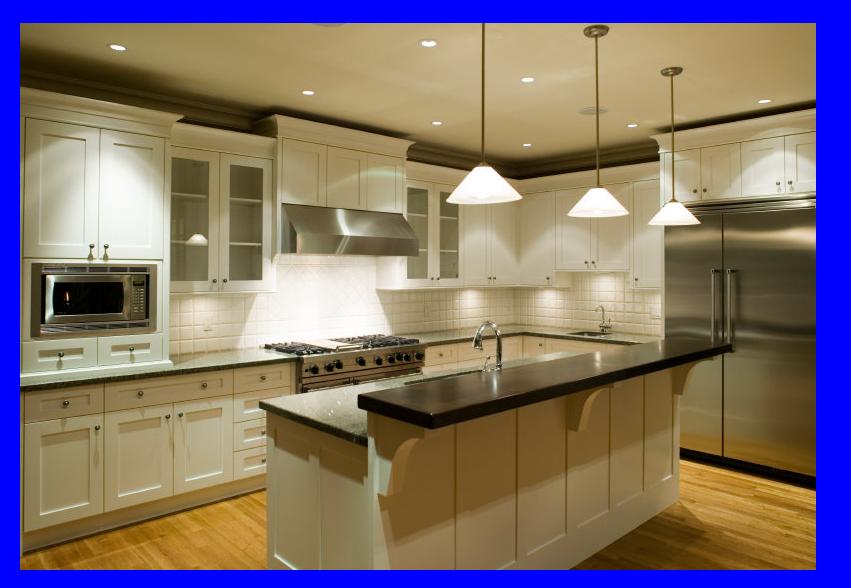
Creating the Perfect Kitchen Design
 When it comes to designing your dream kitchen, there are many elements to consider. From the layout and color scheme to the appliances and countertops, every detail plays a crucial role in creating a functional and visually appealing space. However, one aspect that is often overlooked is
kitchen lighting
. Lighting not only serves a practical purpose but also has the power to tie together the overall design of your kitchen. In this article, we will explore the importance of properly
tying kitchen lighting together
and how it can elevate the look and feel of your kitchen.
When it comes to designing your dream kitchen, there are many elements to consider. From the layout and color scheme to the appliances and countertops, every detail plays a crucial role in creating a functional and visually appealing space. However, one aspect that is often overlooked is
kitchen lighting
. Lighting not only serves a practical purpose but also has the power to tie together the overall design of your kitchen. In this article, we will explore the importance of properly
tying kitchen lighting together
and how it can elevate the look and feel of your kitchen.
The Role of Lighting in Kitchen Design
 Lighting is an essential component of any room design, and the kitchen is no exception. It serves a crucial role in providing adequate illumination for cooking, cleaning, and preparing meals. But beyond its practical function, lighting can also enhance the atmosphere and ambiance of your kitchen. The right lighting can make a small kitchen feel more spacious, add warmth and coziness, or create a sleek and modern look.
Lighting is an essential component of any room design, and the kitchen is no exception. It serves a crucial role in providing adequate illumination for cooking, cleaning, and preparing meals. But beyond its practical function, lighting can also enhance the atmosphere and ambiance of your kitchen. The right lighting can make a small kitchen feel more spacious, add warmth and coziness, or create a sleek and modern look.
Types of Kitchen Lighting
 There are three main types of lighting that are typically used in kitchen design:
ambient, task, and accent lighting
. Ambient lighting is the general, overall lighting that illuminates the entire space. Task lighting is more focused and is used for specific activities such as cooking or reading recipes. Accent lighting is used to highlight specific features or objects in the kitchen, such as artwork or a collection of dishes. Incorporating all three types of lighting in your kitchen design is essential for creating a well-balanced and functional space.
There are three main types of lighting that are typically used in kitchen design:
ambient, task, and accent lighting
. Ambient lighting is the general, overall lighting that illuminates the entire space. Task lighting is more focused and is used for specific activities such as cooking or reading recipes. Accent lighting is used to highlight specific features or objects in the kitchen, such as artwork or a collection of dishes. Incorporating all three types of lighting in your kitchen design is essential for creating a well-balanced and functional space.
Coordinating Lighting Fixtures
 To achieve a cohesive and visually appealing look, it is crucial to coordinate your
kitchen lighting fixtures
. This means choosing fixtures that not only complement each other but also tie in with the overall design of your kitchen. For example, if you have a modern kitchen, you may opt for sleek and minimalistic lighting fixtures, while a traditional kitchen may call for more ornate and decorative fixtures. It's also essential to consider the color and finish of your lighting fixtures to ensure they match or complement other elements in your kitchen, such as cabinet hardware or appliances.
To achieve a cohesive and visually appealing look, it is crucial to coordinate your
kitchen lighting fixtures
. This means choosing fixtures that not only complement each other but also tie in with the overall design of your kitchen. For example, if you have a modern kitchen, you may opt for sleek and minimalistic lighting fixtures, while a traditional kitchen may call for more ornate and decorative fixtures. It's also essential to consider the color and finish of your lighting fixtures to ensure they match or complement other elements in your kitchen, such as cabinet hardware or appliances.
Final Thoughts
 In conclusion,
tying kitchen lighting together
is an essential aspect of creating a beautifully designed kitchen. By carefully considering the type, placement, and coordination of your lighting fixtures, you can enhance the overall look and functionality of your kitchen. Don't overlook this crucial element in your kitchen design, as it can truly make or break the space. With the right lighting, you can transform your kitchen into a stunning and inviting space that you'll love spending time in.
In conclusion,
tying kitchen lighting together
is an essential aspect of creating a beautifully designed kitchen. By carefully considering the type, placement, and coordination of your lighting fixtures, you can enhance the overall look and functionality of your kitchen. Don't overlook this crucial element in your kitchen design, as it can truly make or break the space. With the right lighting, you can transform your kitchen into a stunning and inviting space that you'll love spending time in.




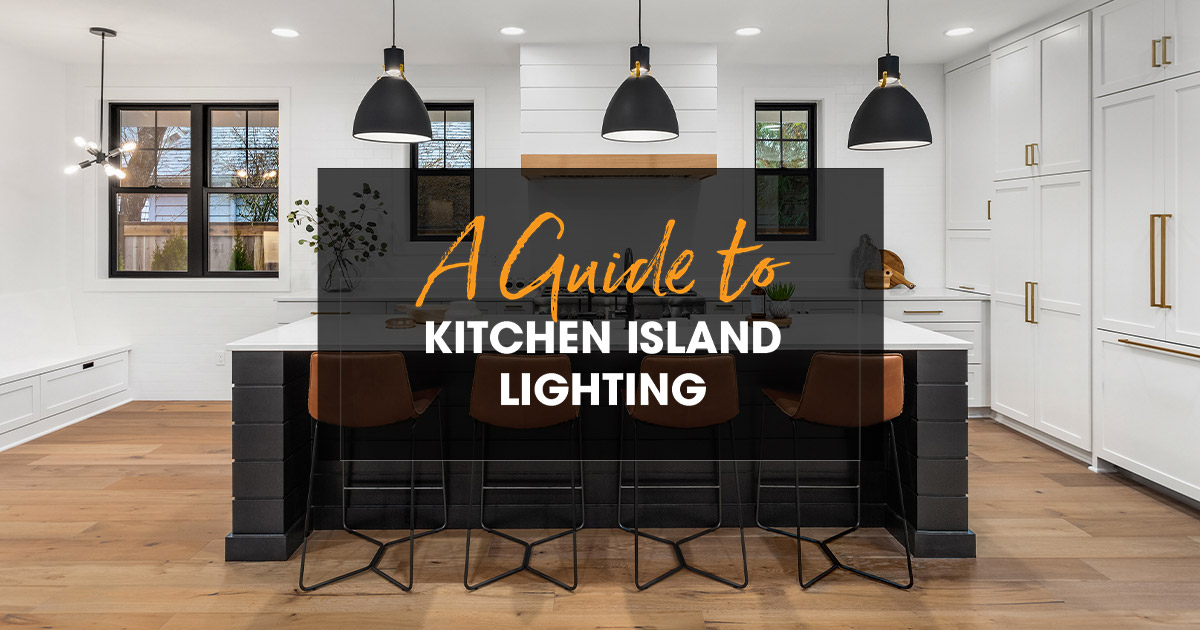

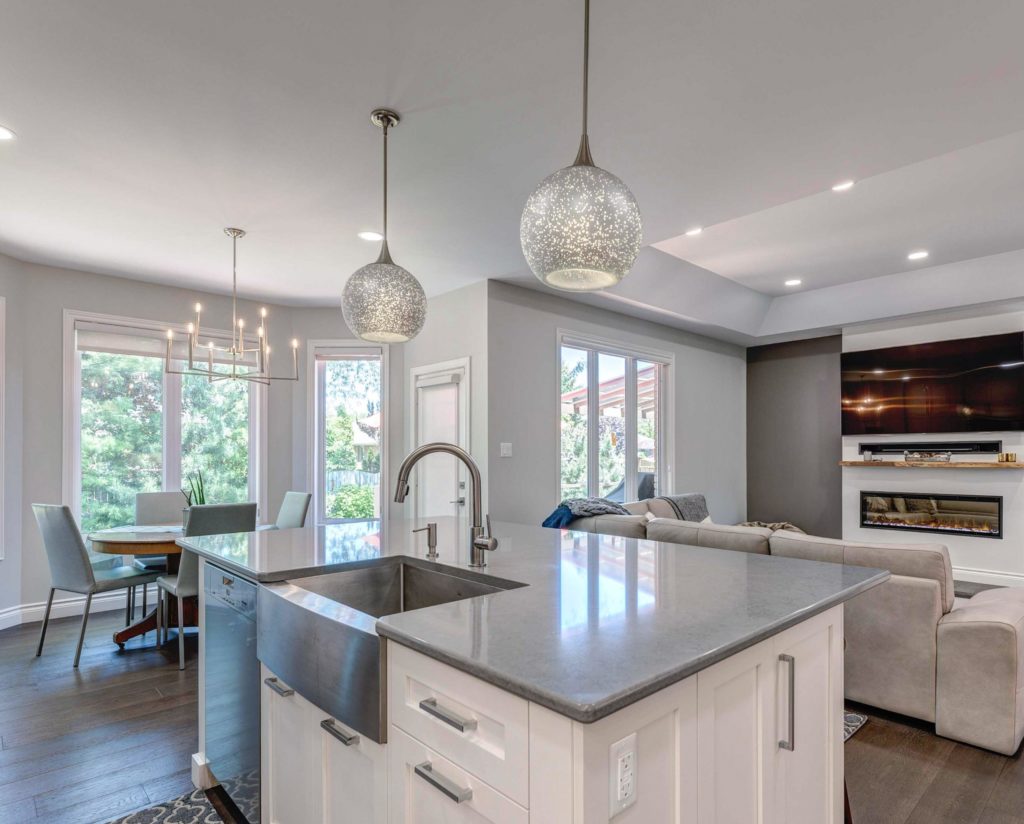
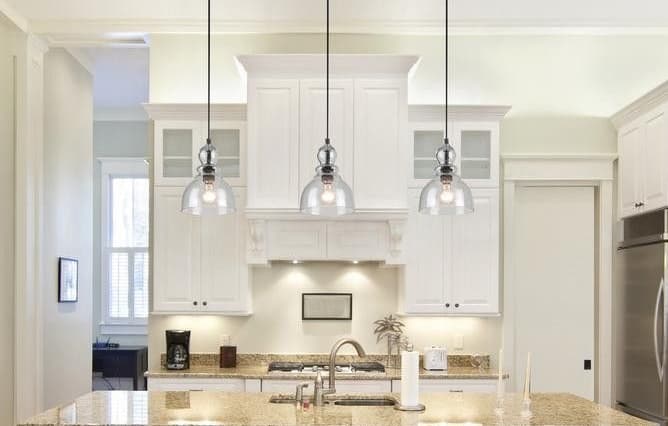
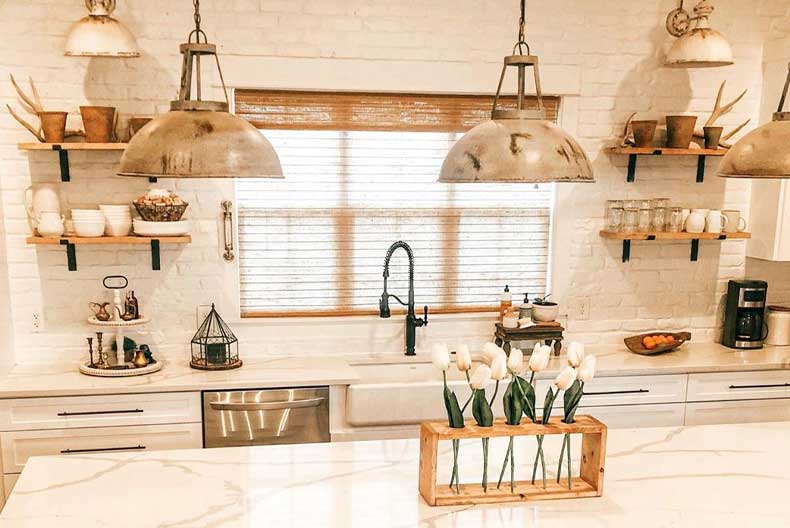




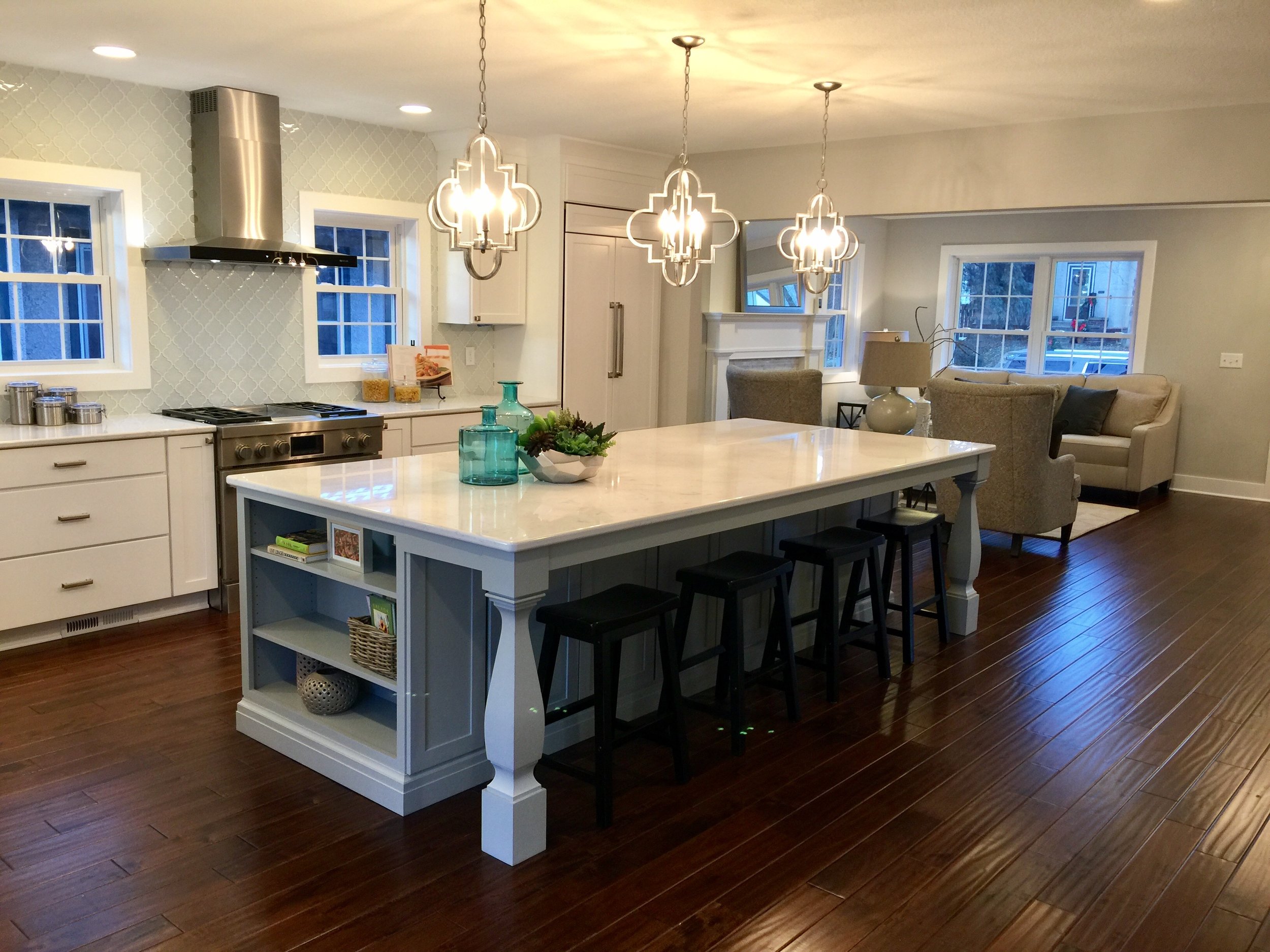


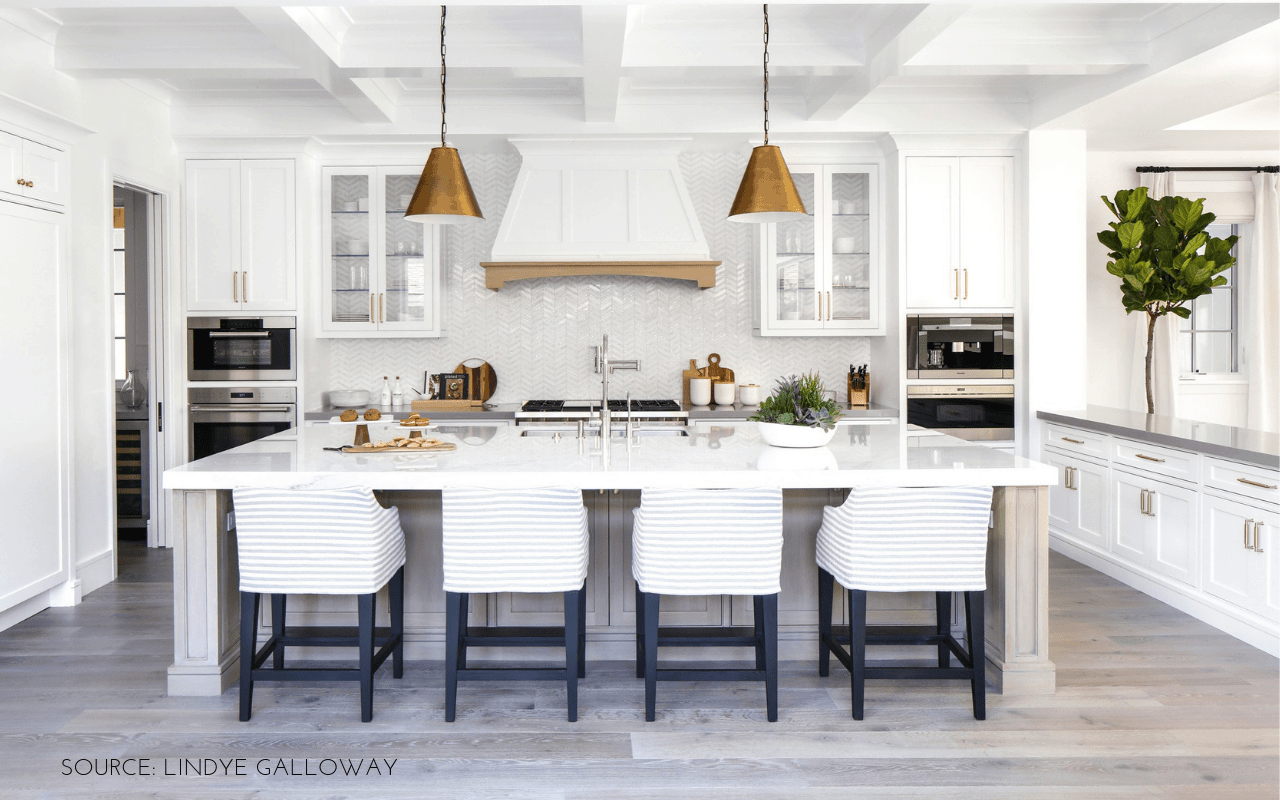




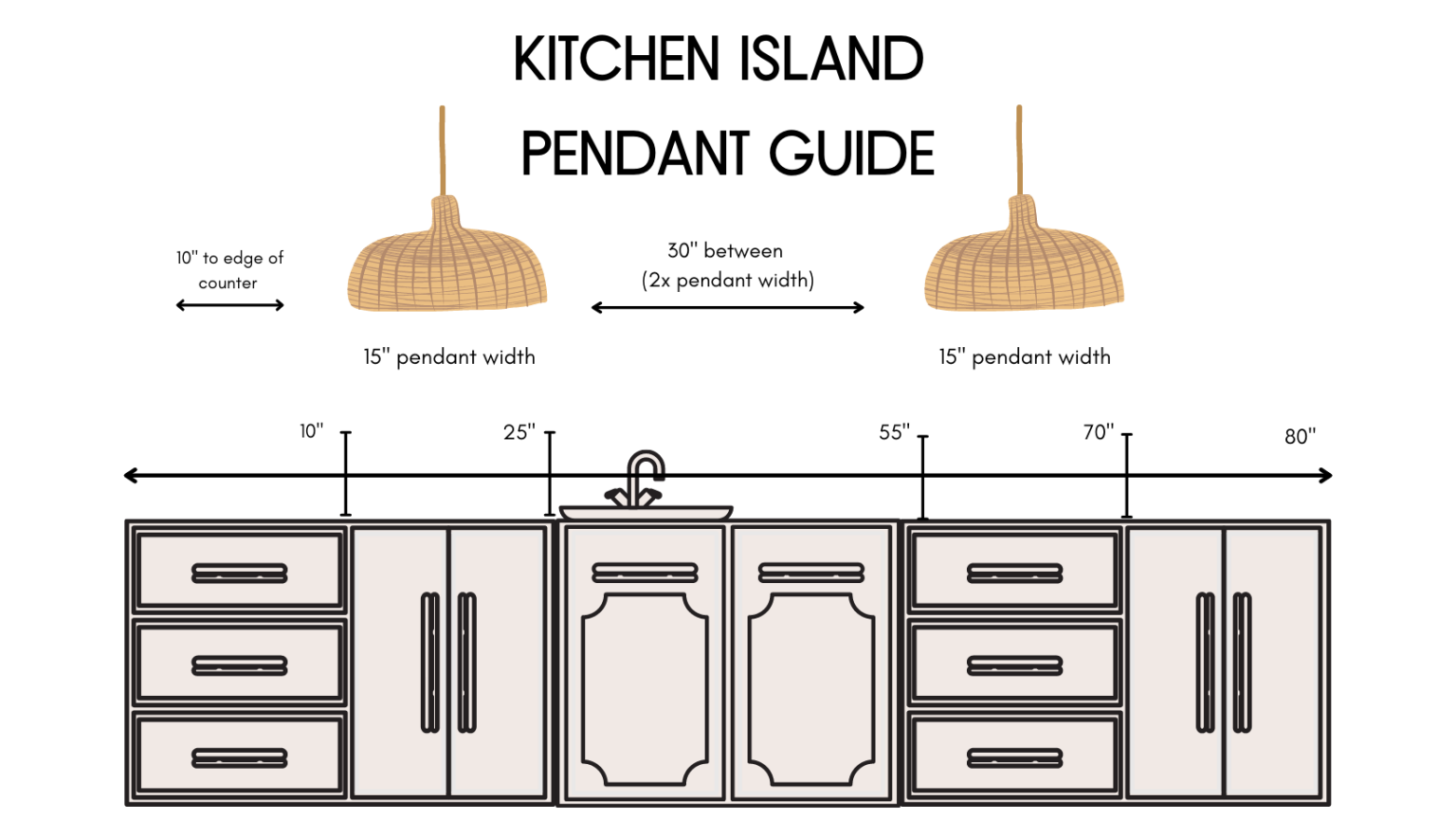



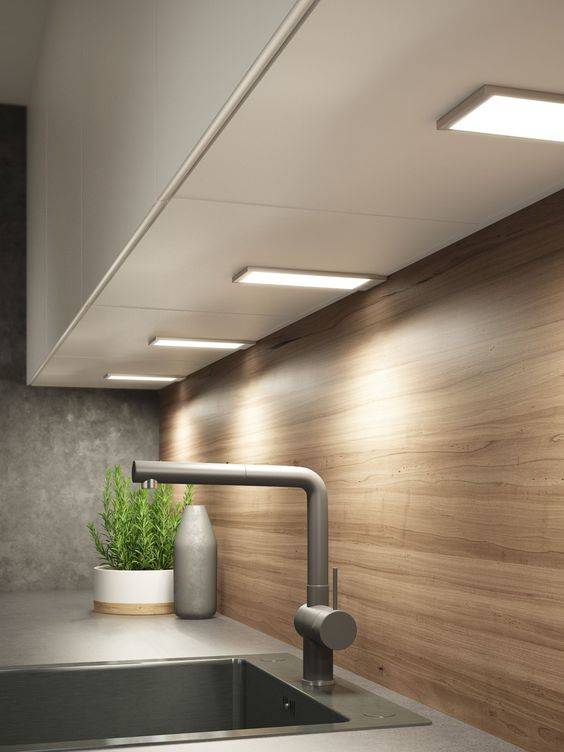
/GettyImages-154961062-58a39c38959645f2a9f773892e772150.jpg)
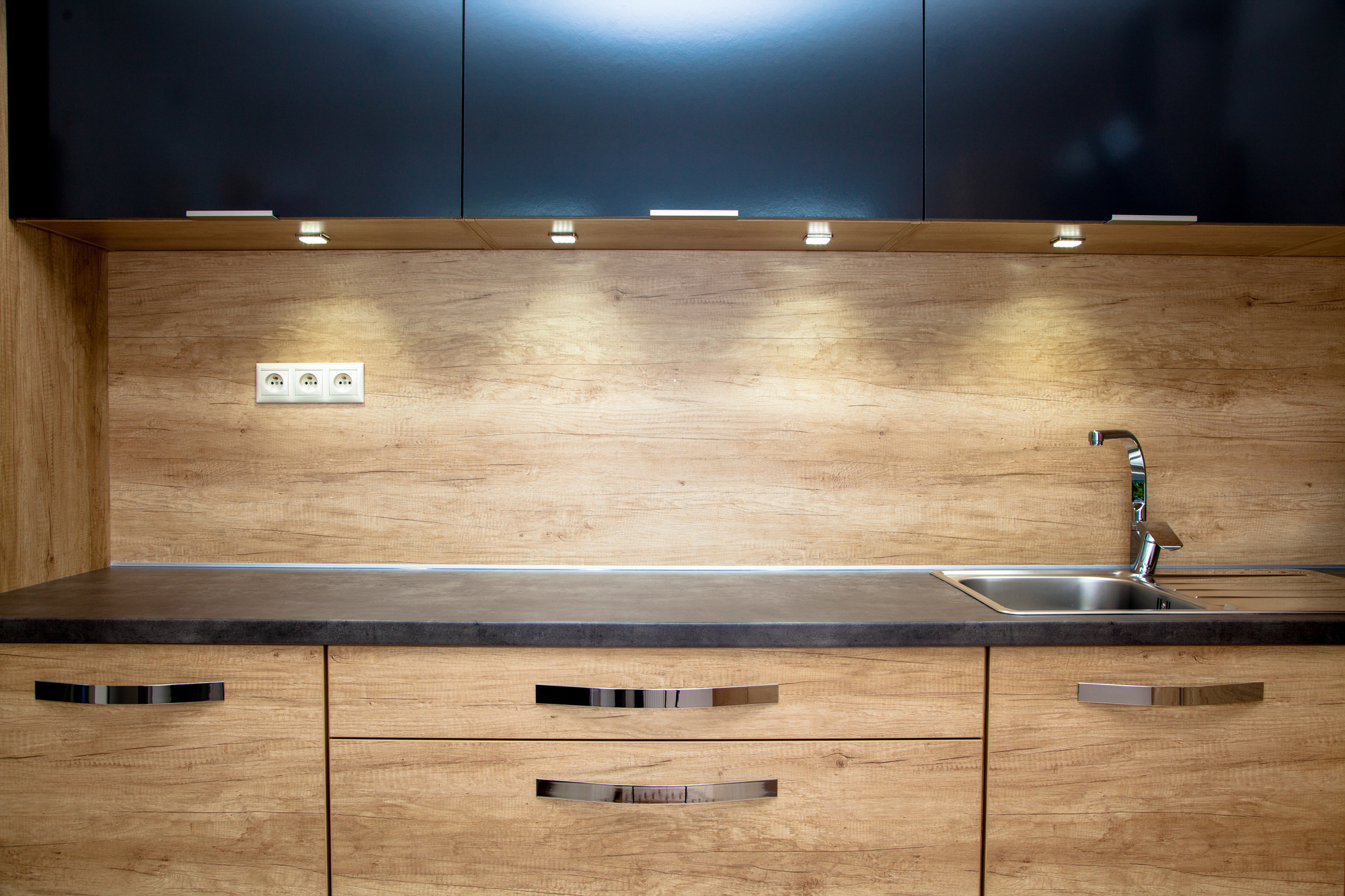


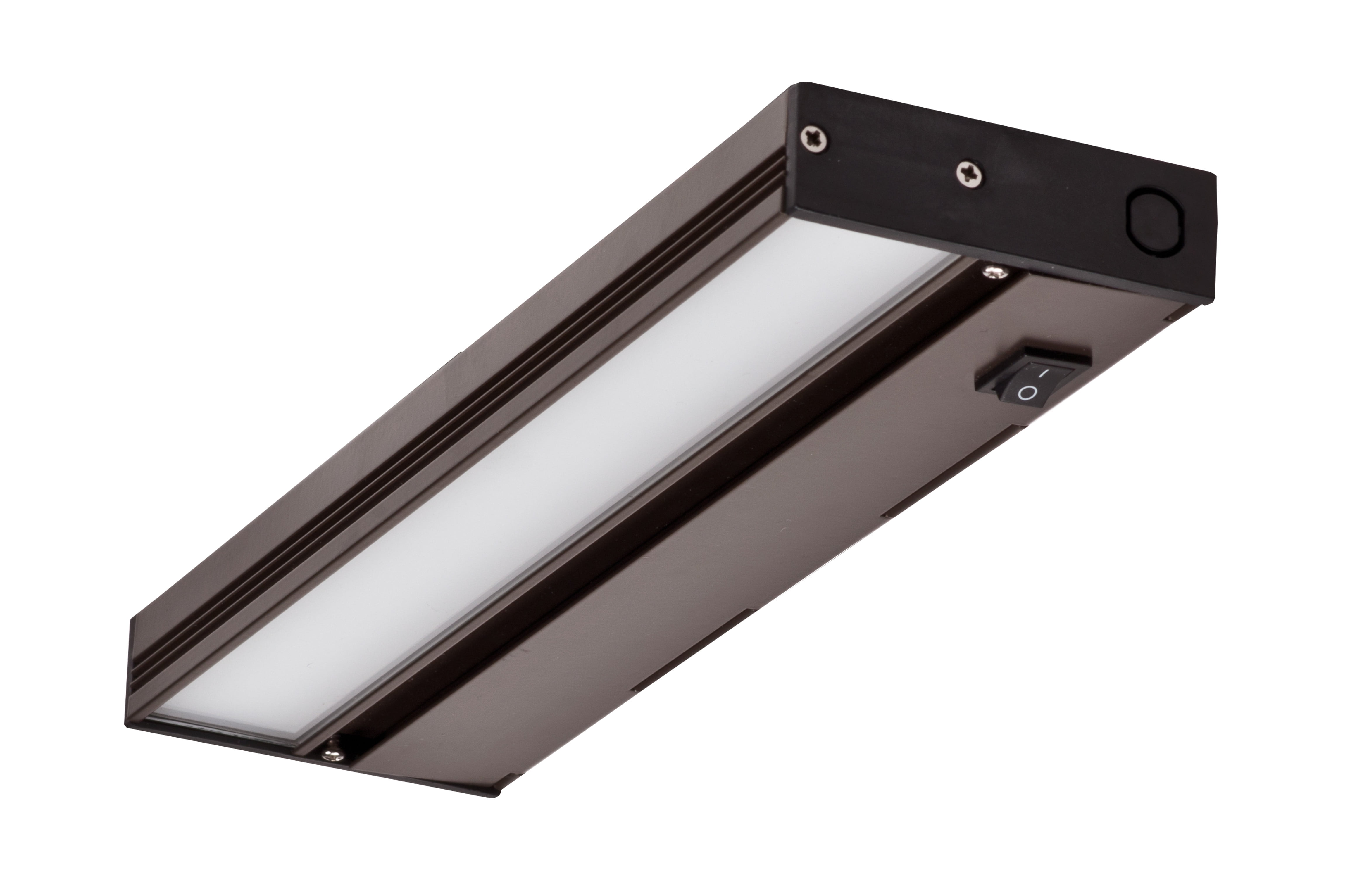



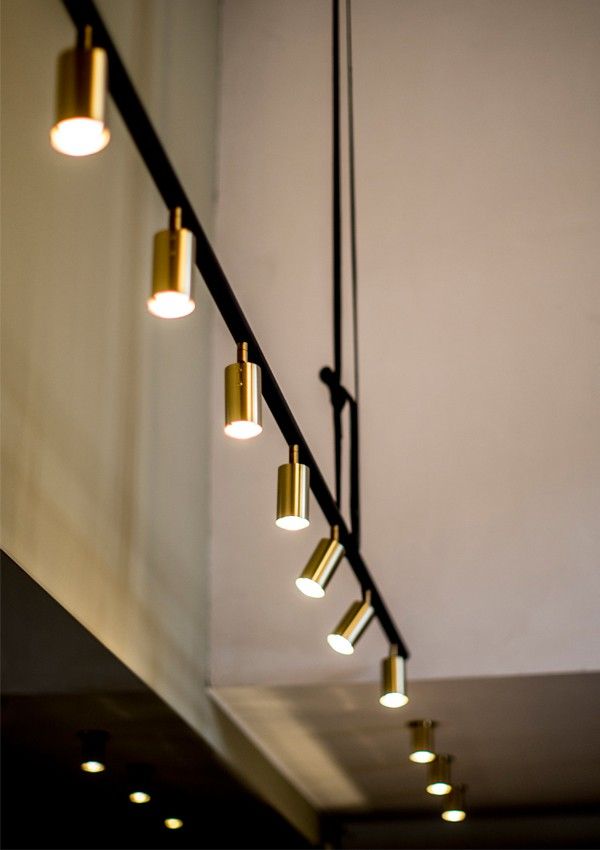








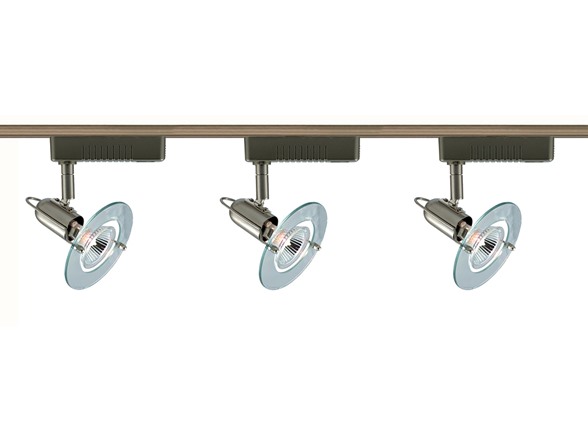





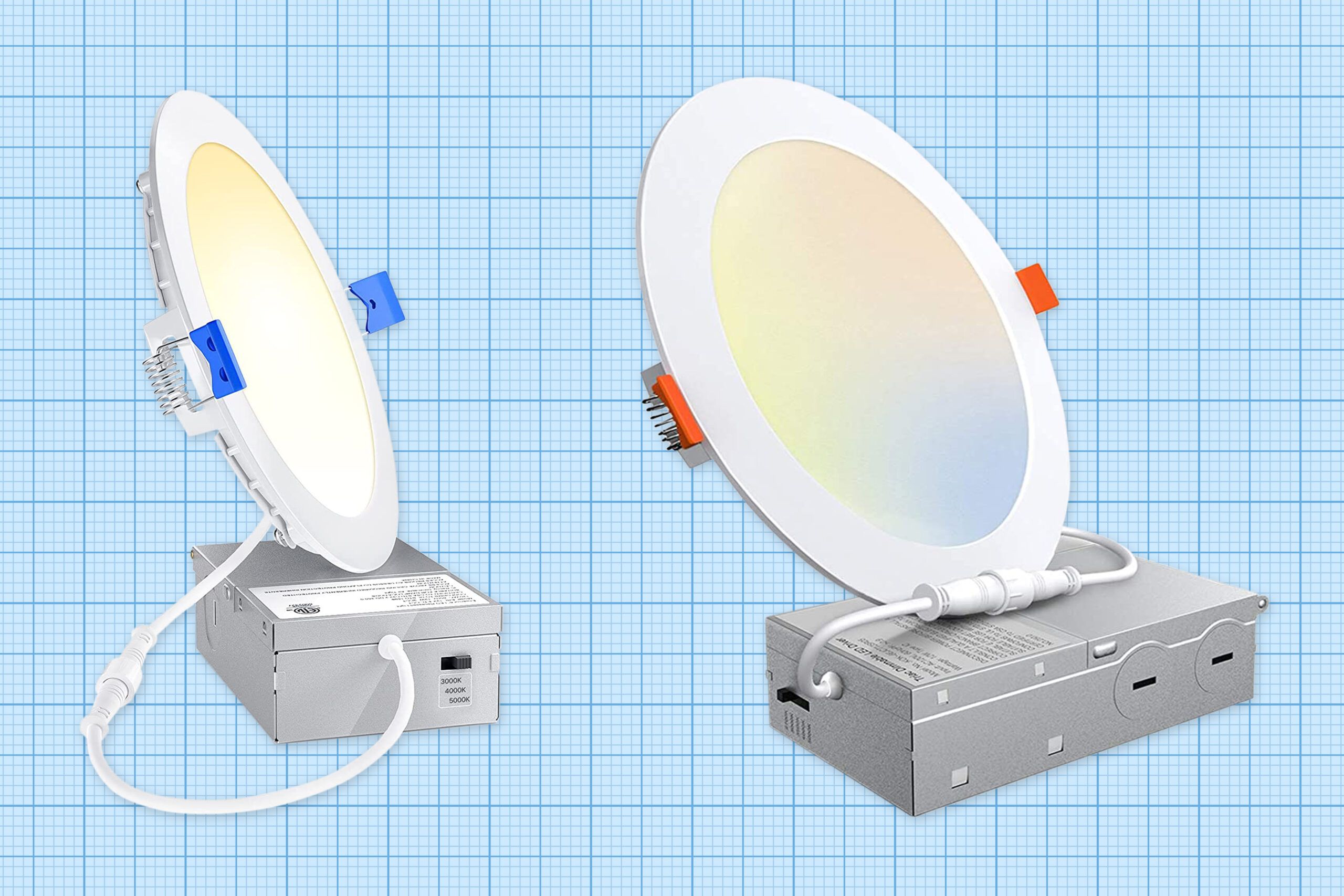
/before-you-buy-recessed-lights-2175005-1-4135a493ef234f048ba54a17b828cde1.jpg)











